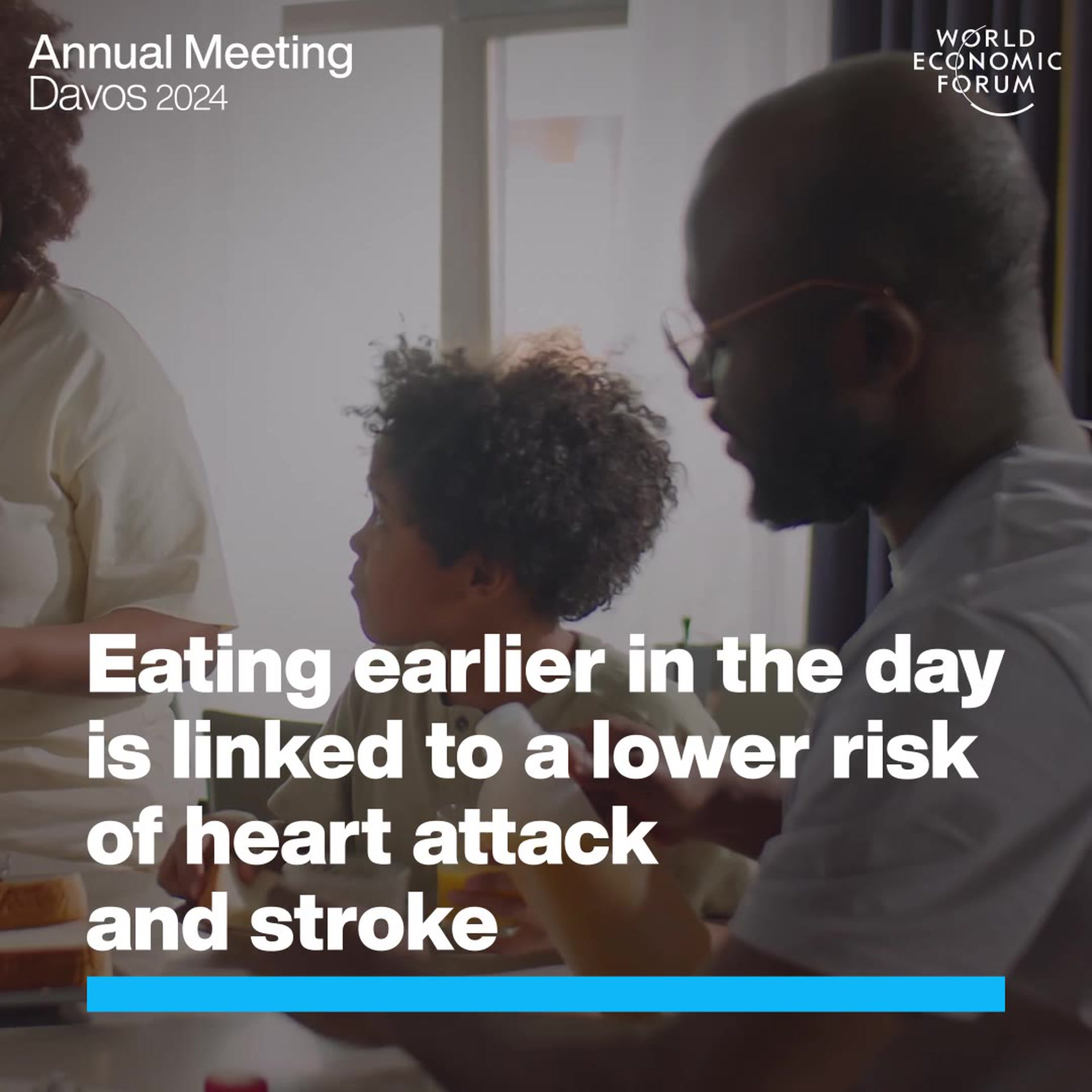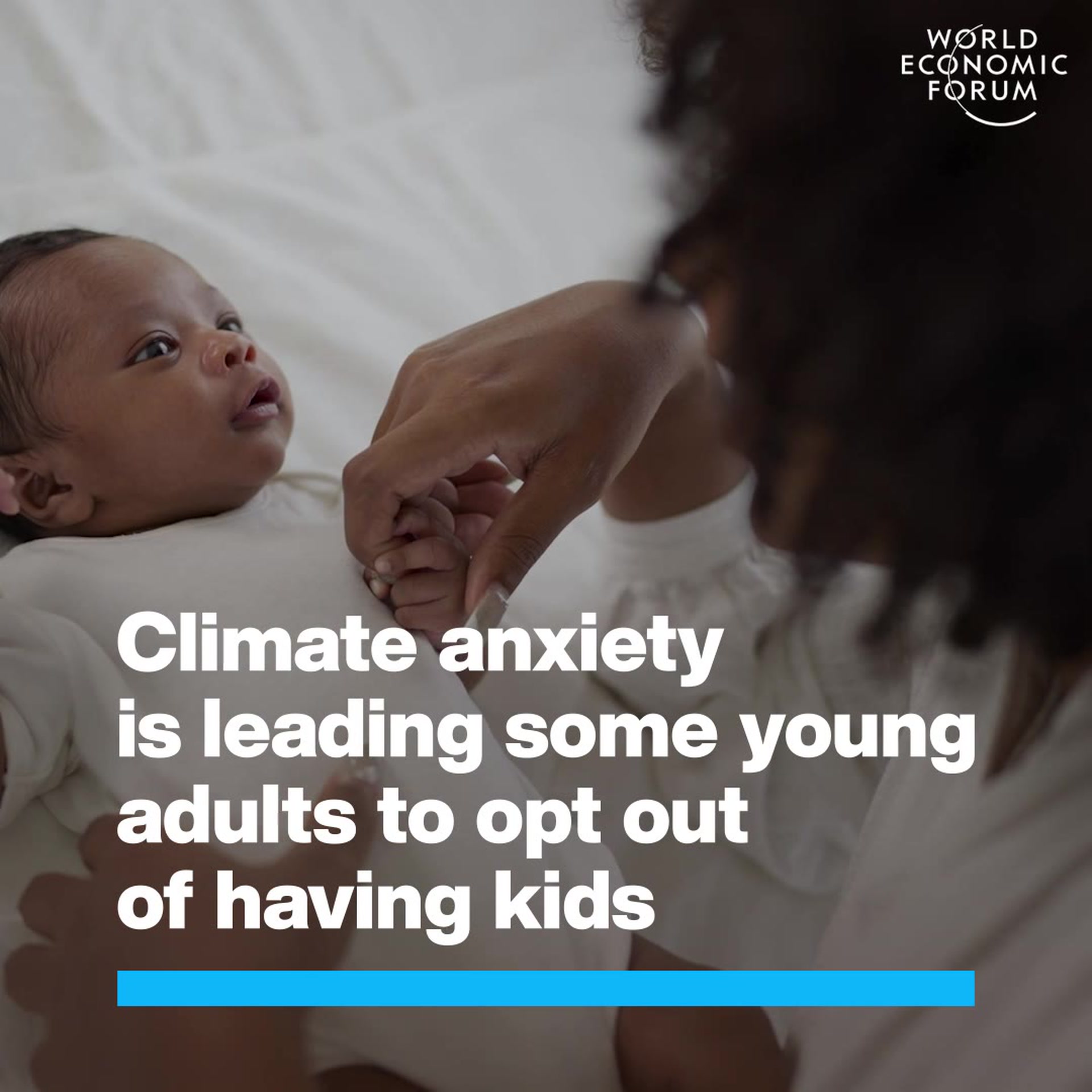Why egg freezing is not the answer

Linda Scott
DP World Chair for Entrepreneurship and Innovation, Saïd Business School, University of Oxford
Get involved with our crowdsourced digital platform to deliver impact at scale
Stay up to date:
Behavioural Sciences
Maybe it’s because people did not talk about infertility in past generations. Maybe there really is a sudden epidemic of infertility and we don’t know it yet. But until about ten years ago, I had never known anyone who experienced difficulty getting pregnant. And now it seems like everyone I know is clocking downtime sitting in a fertility clinic.
Call me crazy, but I am having visions of a Children of Men dystopia coming our way. For the past few years, a key topic for my Women’s Economy doctoral seminar has been the worldwide decline in the “total fertility rate,” which is the number of children the average woman in a society will have during her fertile years. For at least a decade now, especially in the advanced nations, the high cost of having children, coupled with the stresses of work life, have caused women to postpone first birth until a much later age. In turn, it seems, both the work stress and the age of the would-be mother negatively affect the ability to conceive.
So I have been having lots of conversations about fertility lately, some of them abstract discussions of population trends and some intensely personal, private, and painful whispers. So when Facebook and Apple said they would freeze their employees’ eggs, I really felt I needed to learn more about what the possibilities and risks were for these technologies.

I think most of the public is still working under the impression that we have an overpopulation problem. We do not. There are 60 countries left in the world with a fertility rate significantly above what is required for population replacement and their rates are declining, some of them rapidly. The 60 at the low end are already so far below replacement that some demographers say it is impossible to pull them out of the tank. A few, like the US and the UK, are still teetering at the edge of the cliff, maintaining replacement only because of immigrant populations.
To give credit where it is due, my daughter Caitlin helped me out on this. She has a master’s in public health from Columbia and is in medical school now at Brown. She has pointed me to academic articles, government reports, medical societies, fertility clinic websites, and even shared with me the lecture notes from her classes on human sexuality and fertility.
Here is what I have learned.
The chances of getting pregnant under normal circumstances are remarkably smaller that we have all been led to believe. According to Caitlin’s human fertility professor,Stefan Kostadinov, 16% of fertilized eggs (aka “zygotes”) never even proceed to the next stage: dividing into a blastocyst. Not only that, but 15% of those blastocysts fail to implant in the lining of the uterus where they can grow to maturity. Nearly a third of these spontaneously abort before they develop a placenta. So it turns out that only 42% of embryos survive even until the mother misses her first period. After that, fully 25% are lost for other biological reasons. In all, 68% of successful conceptions fail to result in birth.

Fertility 101. In your ovaries, the egg is called an “oocyte.” Once fertilized, it becomes “a zygote” and normally will start dividing like crazy. Once the zygote reaches the “blastocyst” stage, it can implant in the uterine lining and start generating a placenta.
These numbers are not for forty year olds trying at the last minute to have children. They are the odds faced by healthy teenagers having unprotected sex in the back seat of a car.
If you have ever been one of those teenagers, you are probably feeling hoodwinked by now. Characterizing pregnancy as a sure-fire outcome of imprudent behavior is not an accurate portrayal of biology—it’s just a scary story we tell our children to keep them out of each other’s underwear.
An older woman trying to have a baby has worse odds because most of her oocytes, which were all present in her ovaries at the time she was born, have either died or aged to the point they are more likely to suffer abnormalities that would reduce the chances of division, implantation, and so forth. An infant girl has about 2 million eggs in her ovaries at birth. By puberty, all but 400,000 of them have died. When she reaches menopause, there will be only a few hundred left.
“Advanced maternal age” is a term doctors apply to women 35 years and up. Sounds extreme, I know, but the ability to have a child with your own eggs, unassisted, begins to decline steeply from the age of 30. That’s why the women getting fertility treatment using their own, unfrozen eggs are usually in the 34-39 range.

The shape of this distribution is the thumbprint of a family-unfriendly workplace.
The main problem is a function of the age of your eggs. Assuming otherwise good health, the rest of your body can still do it. We know this because older women using donor eggs from younger women seem to reproduce just fine. Since we presume most folks prefer to use their own eggs rather than have a donor, the idea of freezing eggs for later use seems a good solution. But, of course, there are catches.
Freezing eggs is a relatively new technology, though no longer experimental. The outcomes are still somewhat unpredictable. Many ova die in the process of being unfrozen, so you have to preserve quite a lot of them to hedge your bets. One clinicoffers the following rule of thumb:
Based on preliminary data from our study and that of others, egg thaw rates of 75% and fertilization rates of 75% are anticipated in women up to 38 years of age. Thus, if 10 eggs are frozen, 7 are expected to survive the thaw, and 5 to 6 are expected to fertilize and become embryos. Usually 3-4 embryos are transferred in women up to 38 years of age. We therefore recommend that 10 eggs be stored for each pregnancy attempt. Most women 38 years of age and under can expect to harvest 10- 20 eggs per cycle.
The procedure for “harvesting” eggs is expensive and intrusive—and older women (that is, in their mid-30s or later) may have to repeat it to get the necessary number. The patient first must undergo a series of hormone injections to increase the number of eggs being released from the ovaries in the current cycle. When the time is right, she is put under general anaesthesia while the eggs are surgically removed from her ovaries. The procedure costs $15,000 to $25,000 every time it is done. Ironically, if the woman is under so much stress from work that her reproductive capacity is suppressed, fewer eggs will be harvested each time. (Stress hormones are hell on ovaries.)
So, it’s best if you do the freezing while your eggs are still fairly young—like by the time you are 30. Most women don’t have this kind of money at that point in their lives, which is a reason why having an employer who covers the cost of the procedure is a blessing.
But think for a minute about how many times this 30-something obsessive career planner will change jobs before she is ready to use the eggs. Can she take her eggs with her when she leaves the company who froze them? Who will be paying for their removal and storage? Where will they be kept? What risk of loss is there if they have to be moved a long distance, a decade later, for implantation? Frequent Huffington Postcontributor, Mei Mei Fox, writing for a women’s healthcare site, revealed that she froze 18 eggs when she was 37, but when, only three years later, she brought them from San Francisco to Los Angeles and thawed them for use, none of them survived. What then?

The women who are too old to use their own eggs can still have babies if they have a donor egg from a young woman (whether fresh or frozen). So if they had the foresight to freeze their own eggs when they were young, the 40 year olds would be able bear children more or less as if they were still 30. Assuming the eggs thaw OK.
But let’s say our hypothetical patient stays at Facebook, at least for a while. So, what is the expectation after she freezes her eggs? Will her employers know she has done that? If not, what is the point? Employers’ expectation of future pregnancy works against young women right from the time they leave school, resulting in fewer opportunities, lower pay, and less advancement. The woman we are imagining here could make this sacrifice, take this huge life risk, and still be treated like an incipient breeder by her employer. Even then, unless she waits until retirement to use the eggs, our patient is still going to need maternity leave, child care, and the whole raft of provisions that egg-freezing is meant to avoid.
So, as a community, why are we going down this expensive, intrusive, unnatural, high-risk road? It would be cheaper, easier, and more humane just to change the workplace so that young women are not stigmatized over motherhood. In other words, if employers would just behave like decent world citizens, we could be saved this Frankenstein solution.
Couples postpone or forego having children in part because kids are so expensive—and the opportunity cost for the mother’s career forces would-be parents to choose between economic viability and a family. We are seeing the effects of this forced choice in declining birth rates and aging populations all over the world, a function of the deferral of motherhood. How far are we willing to go before we admit it’s the workplace that needs surgery and not the bodies of young women?
First published on Double X Economy. Publication does not imply endorsement of views by the World Economic Forum.
To keep up with the Agenda subscribe to our weekly newsletter.
Author: Linda Scott is DP World Chair for Entrepreneurship and Innovation at the Saïd Business School, University of Oxford.
Image: A baby stroller is seen as mothers play with their children at a public area in downtown Shanghai. REUTERS/Carlos Barria.
Don't miss any update on this topic
Create a free account and access your personalized content collection with our latest publications and analyses.
License and Republishing
World Economic Forum articles may be republished in accordance with the Creative Commons Attribution-NonCommercial-NoDerivatives 4.0 International Public License, and in accordance with our Terms of Use.
The views expressed in this article are those of the author alone and not the World Economic Forum.
Related topics:
The Agenda Weekly
A weekly update of the most important issues driving the global agenda
You can unsubscribe at any time using the link in our emails. For more details, review our privacy policy.
More on Behavioural SciencesSee all
Peter Dizikes
November 27, 2023
Aaron De Smet and Patrick Simon
September 25, 2023
Kate Whiting and Kateryna Gordiychuk
September 6, 2023






